 Loading...
Loading...P
- PG8056208V
- PG8056240V4
- PG8056U2402
- PG8056UAE208V2
- PG8061240V4
- PG8061UAE208V3
- Pg8080BW
- PG8083SCVI120V6
- PG8083SCVI240V6
- PG 8110 SmartBiz2
- PG 81203
- PG 8120 Series 120
- PG 8123
- PG 8123 SCVi XXL
- PG 8123 SCVi XXL Series 120
- PG 813045
- PG 8130-60 i
- PG 8130-60 U
- PG 8130i29
- PG8130I240V2
- PG 8130 U26
- PG 813115
- PG 8131-60 i3
- PG 8131i31
- PG 813215
- PG 8132-60 SCi3
- PG 8132 SCi25
- PG8132SCIXXL2
- PG 813318
- PG 8133-60 SCVi3
- PG 8133 SCVi26
- PG8133SCVI240V
- PG 8133 SCVi XXL2
- PG 81644
- PG 8164 AE RO
- PG 8164 AE RO DOS
- PG 81654
- PG 8165 AE RO
- PG 8165 AE RO DOS
- PG 81664
- PG 81694
- PG 81726
- PG 8172 ECO5
- PG 850441
- PG 852738
- PG 8527 D7
- PG 8527 EL15
- PG 8527 EL AV2
- PG 852840
- PG 8528 D7
- PG 8528 EL16
- PG 853524
- PG 8535 OXIVARIO12
- PG 853630
- PG 8536 LFM
- PG 8536 OXIVARIO
- PG 8536 RU
- PG 85627
- PG 858139
- PG 858243
- PG 8582 CD39
- PG 858350
- PG 8583 CD44
- PG 859134
- PG 859242
- PG 859348
- PG 85952
- PG 8596
- PG 85972
- PG 88213
- PG 88225
- PG 88255
- PG 88304
- PG89222
- PG89302
- PIB 10021
- PLATINUM2
- Platinum Plus3
- Plus G686
- PLW 601133
- PLW 611135
- PLW 85052
- PLW 861527
- PLW 861626
- PLW 861725
- PM 121064
- PM 121766
- PM 131828
- PM 1318 EL9
- PM 1318 G6
- PM 1318 G L
- PM 1318 G L-GE
- PM 141830
- PM 1418 EL7
- PM 1418 G6
- PM 1418 G L
- PM 1418 G L-GE
- PM 142130
- PM 1421 EL8
- PM 1421 G6
 Loading...
Loading... Loading...
Loading...Nothing found
PG 8583 CD
Instructions Manual
188 pgs7.42 Mb0
Instructions Manual
184 pgs7.2 Mb0
User manual
184 pgs7.24 Mb0
User manual
180 pgs6.6 Mb0
Installation diagram
11 pgs1.03 Mb0
Installation diagram
9 pgs524.22 Kb0
Installation diagram
8 pgs544.9 Kb0
Installation diagram
14 pgs606.14 Kb0
Operating instructions
184 pgs6.61 Mb0
Operating instructions
180 pgs6.61 Mb0
Installation diagram [cs]
8 pgs517.88 Kb0
User manual [cs]
184 pgs6.63 Mb0
Installation diagram [de]
11 pgs1.59 Mb0
User manual [de]
200 pgs5.12 Mb0
Instructions Manual [el]
192 pgs6.69 Mb0
installation plan [es]
10 pgs1.02 Mb0
installation plan [es]
16 pgs862.89 Kb0
Operating instructions [es]
188 pgs6.64 Mb0
Installation Plan [hr]
10 pgs1 Mb0
User manual [hr]
180 pgs6.61 Mb0
Installációs terv [hu]
10 pgs1.02 Mb0
User manual [hu]
188 pgs6.65 Mb0
Installation plan [ja]
8 pgs546.73 Kb0
operating instructions [ja]
164 pgs7.1 Mb0
User's Guide [ko]
176 pgs6.66 Mb0
Installatietekening [nl]
16 pgs768.46 Kb0
User Manual [nl]
184 pgs6.61 Mb0
User manual [pt]
188 pgs6.63 Mb0
Instructions Manual [ro]
188 pgs6.63 Mb0
Plan de instalare [ro]
10 pgs1.02 Mb0
Installation plan [ru]
10 pgs1.02 Mb0
User Manual [ru]
200 pgs5.15 Mb0
User Manual [ru]
192 pgs6.76 Mb0
Installation plan [sl]
10 pgs1 Mb0
Instructions Manual [sl]
184 pgs6.62 Mb0
Instalaciona šema [sr]
10 pgs1 Mb0
User manual [sv]
180 pgs6.59 Mb0
Installation Plan [tr]
10 pgs1.01 Mb0
User manual [tr]
184 pgs6.57 Mb0
Installation plan [uk]
11 pgs1.09 Mb0
User Manual [uk]
188 pgs6.71 Mb0
User Manual [uk]
172 pgs8.31 Mb0
Installation Diagram [zh]
8 pgs1.12 Mb0
Installation Manual [zh]
160 pgs8.12 Mb0
Table of contents
 Loading...
Loading...Specifications and Main Features
Frequently Asked Questions
User Manual



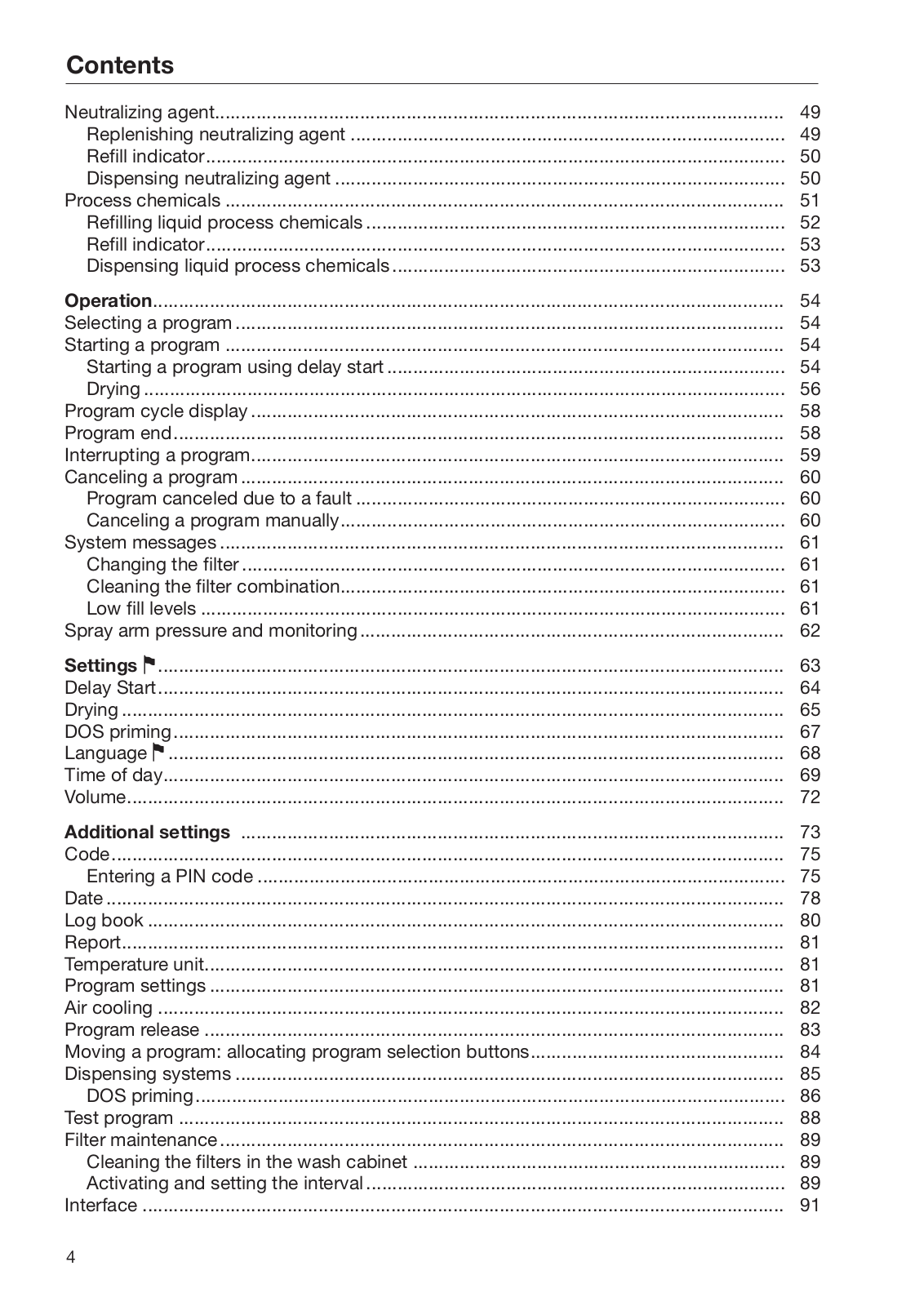
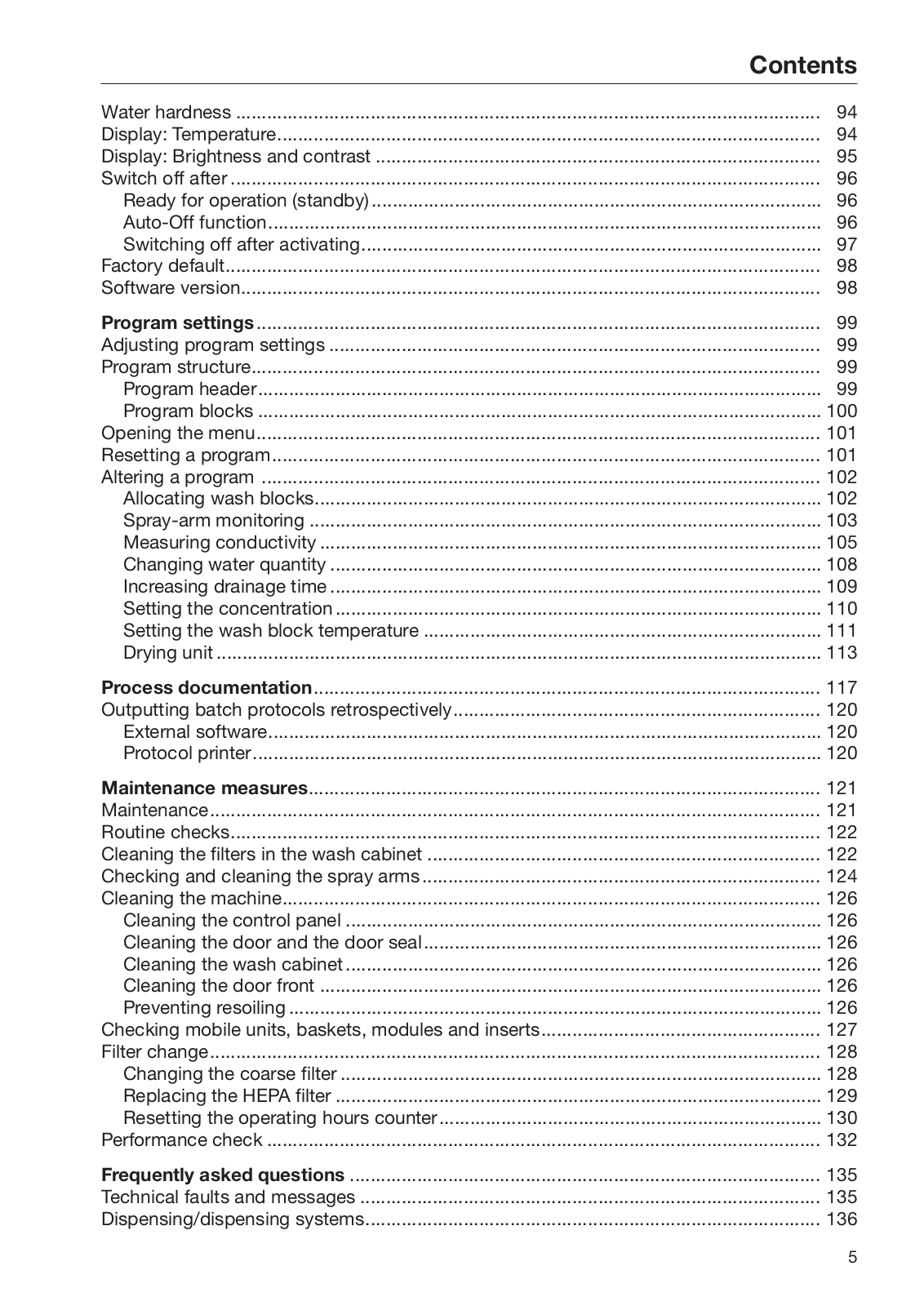

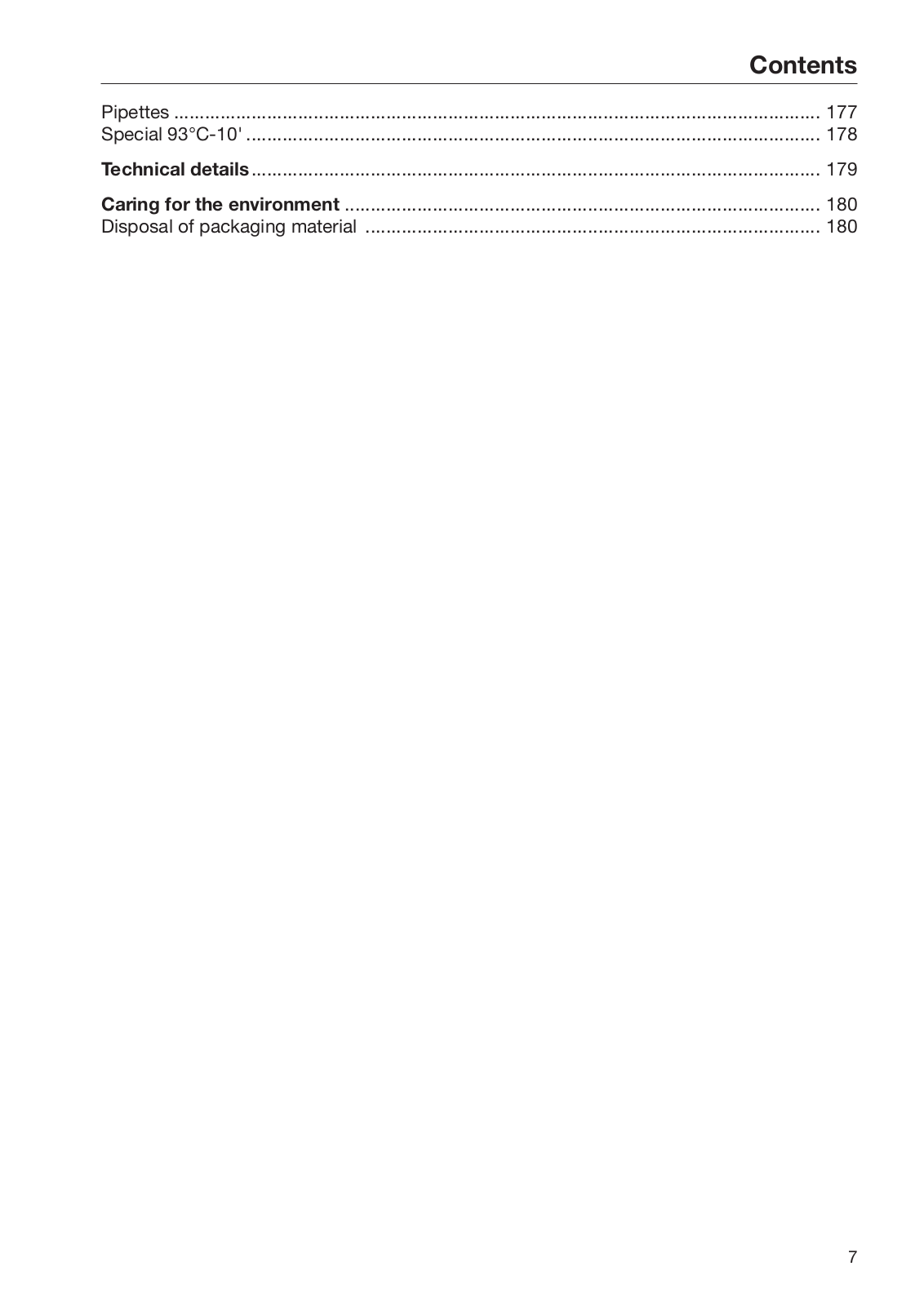

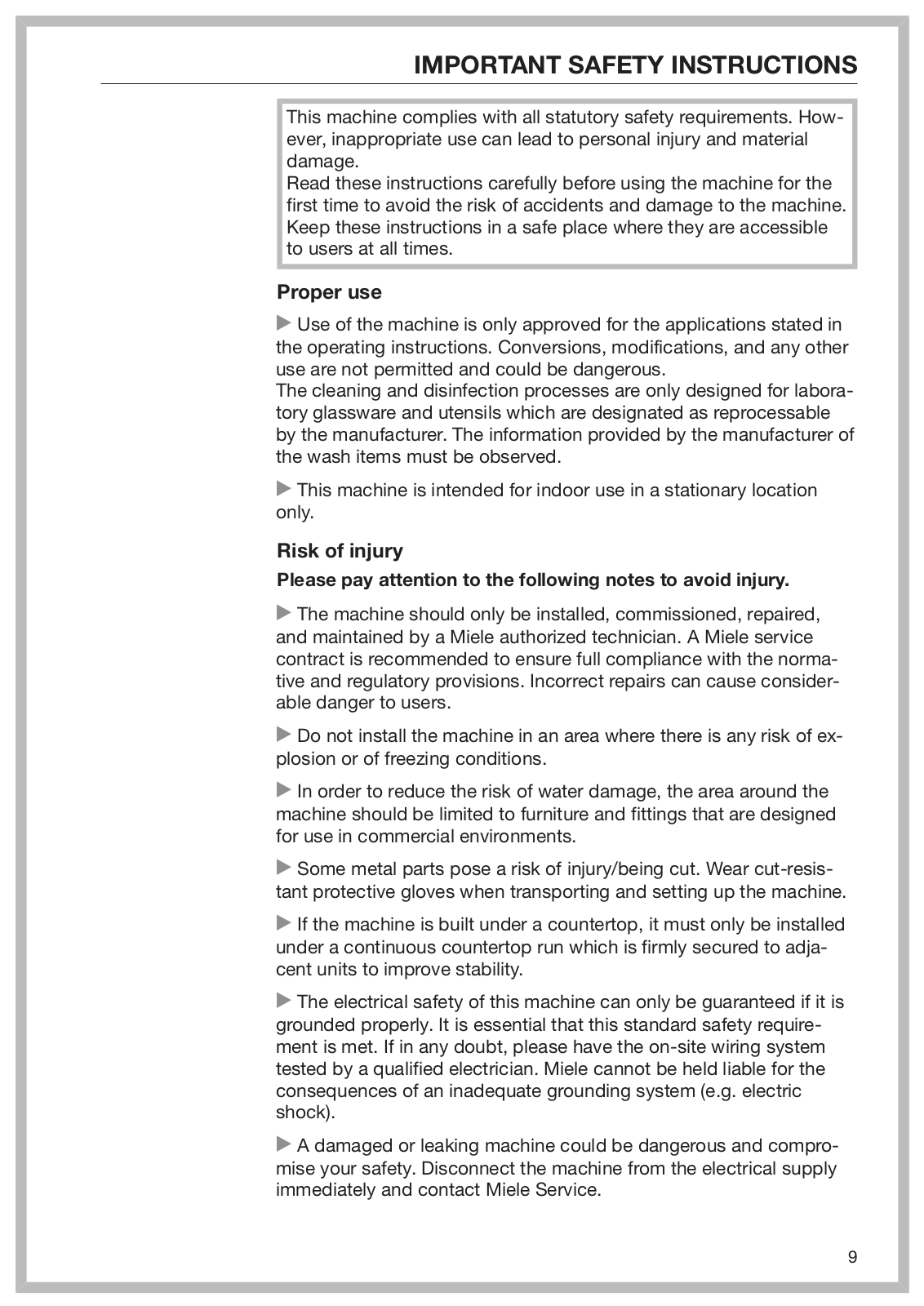
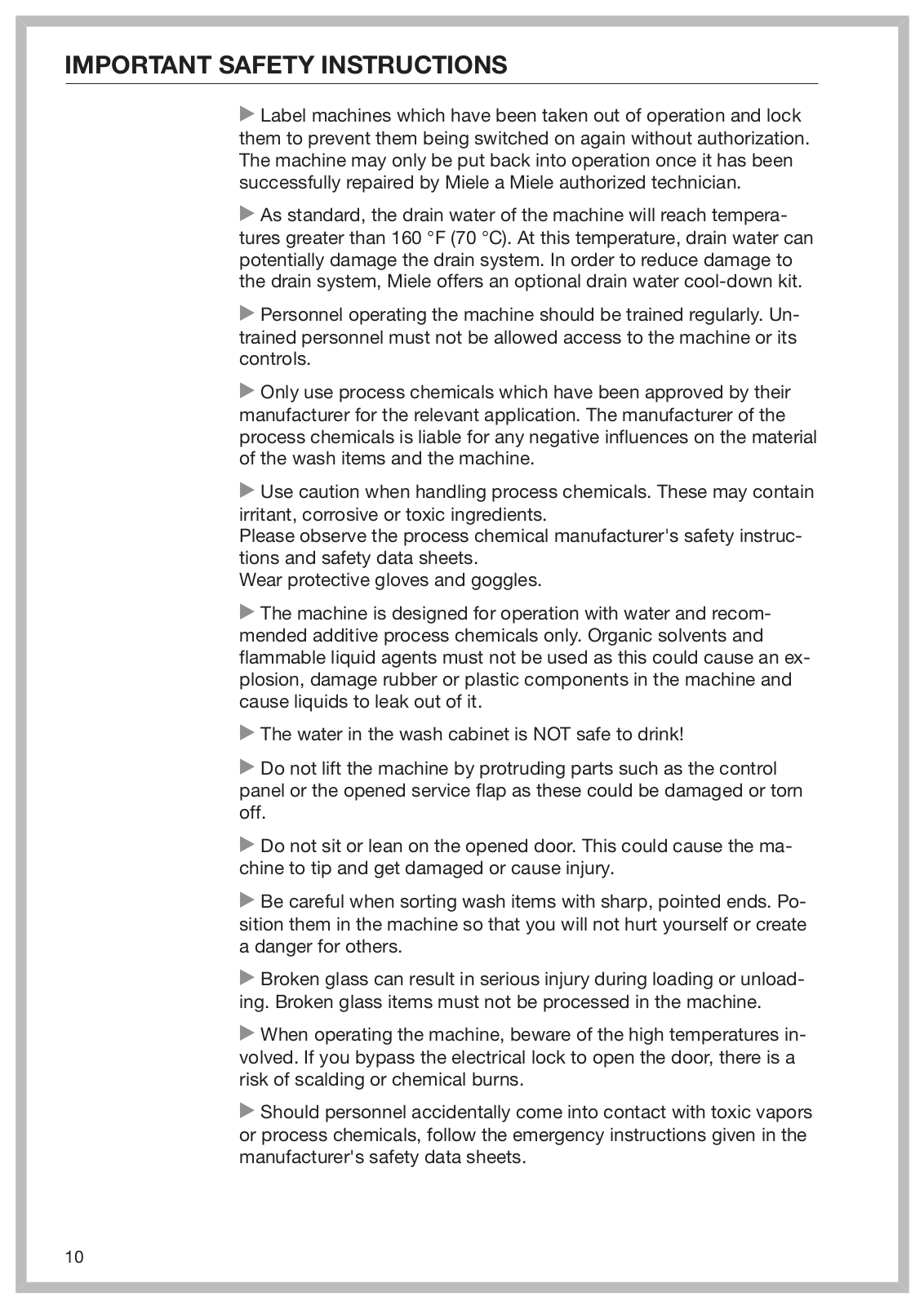

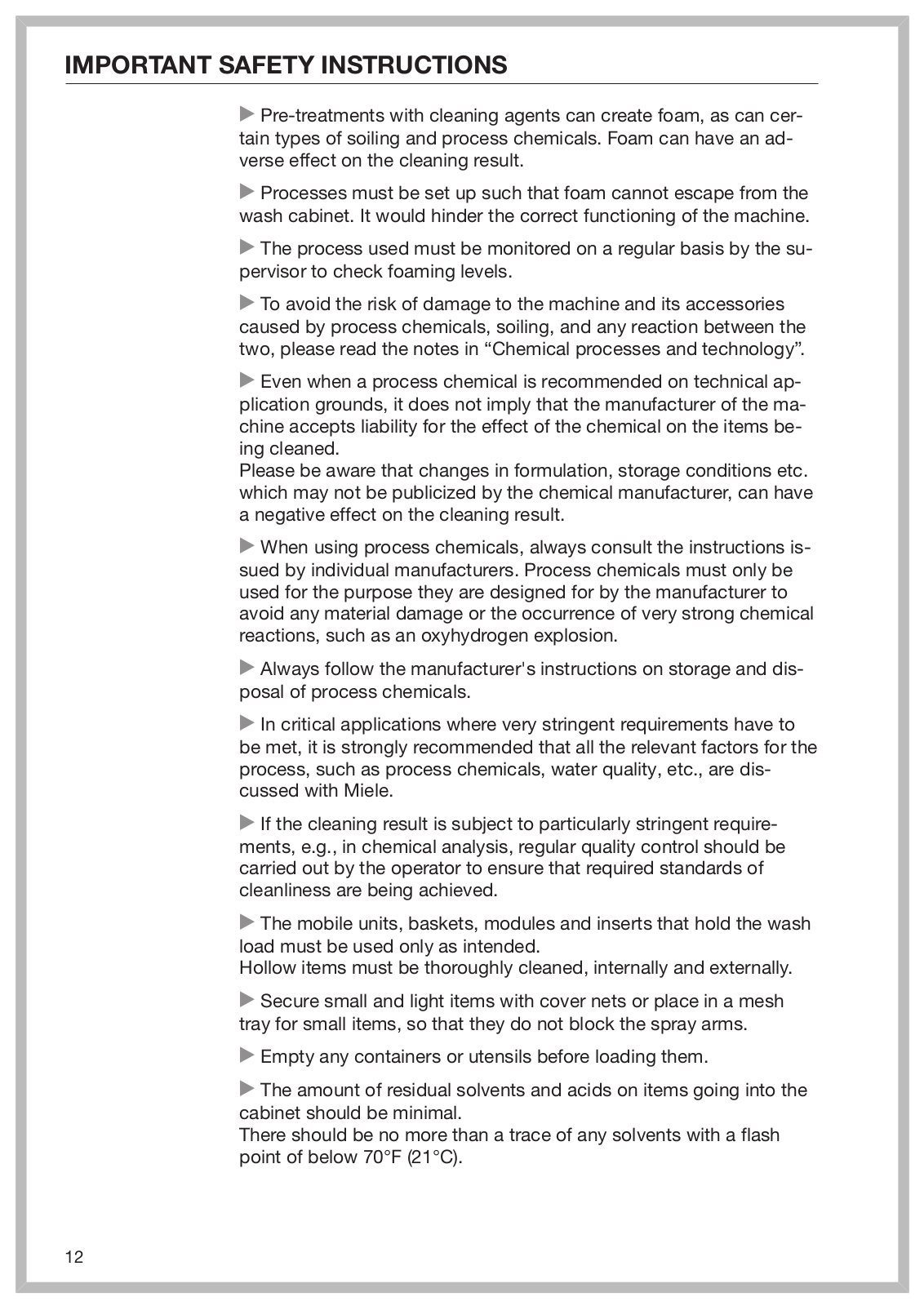
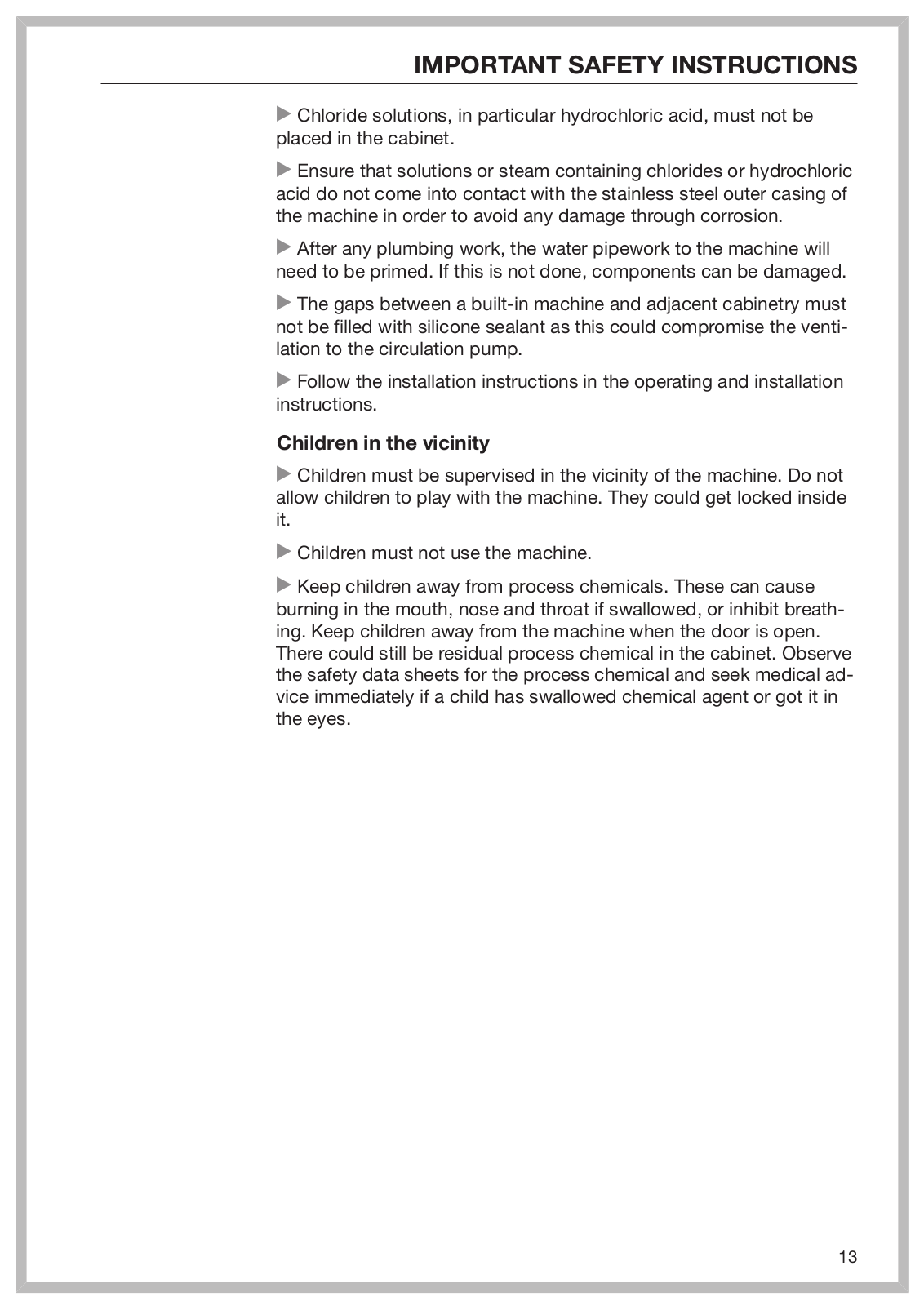
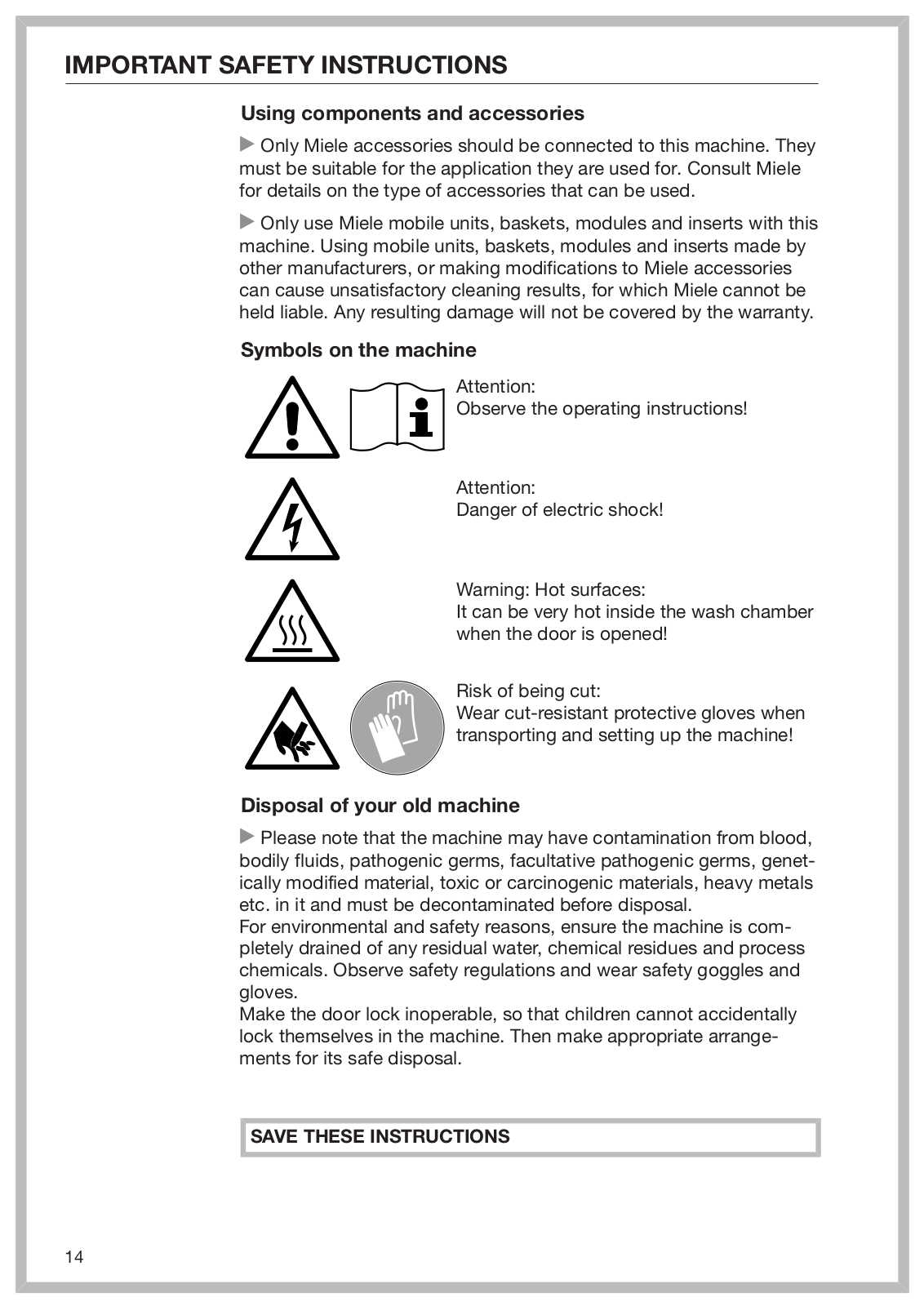
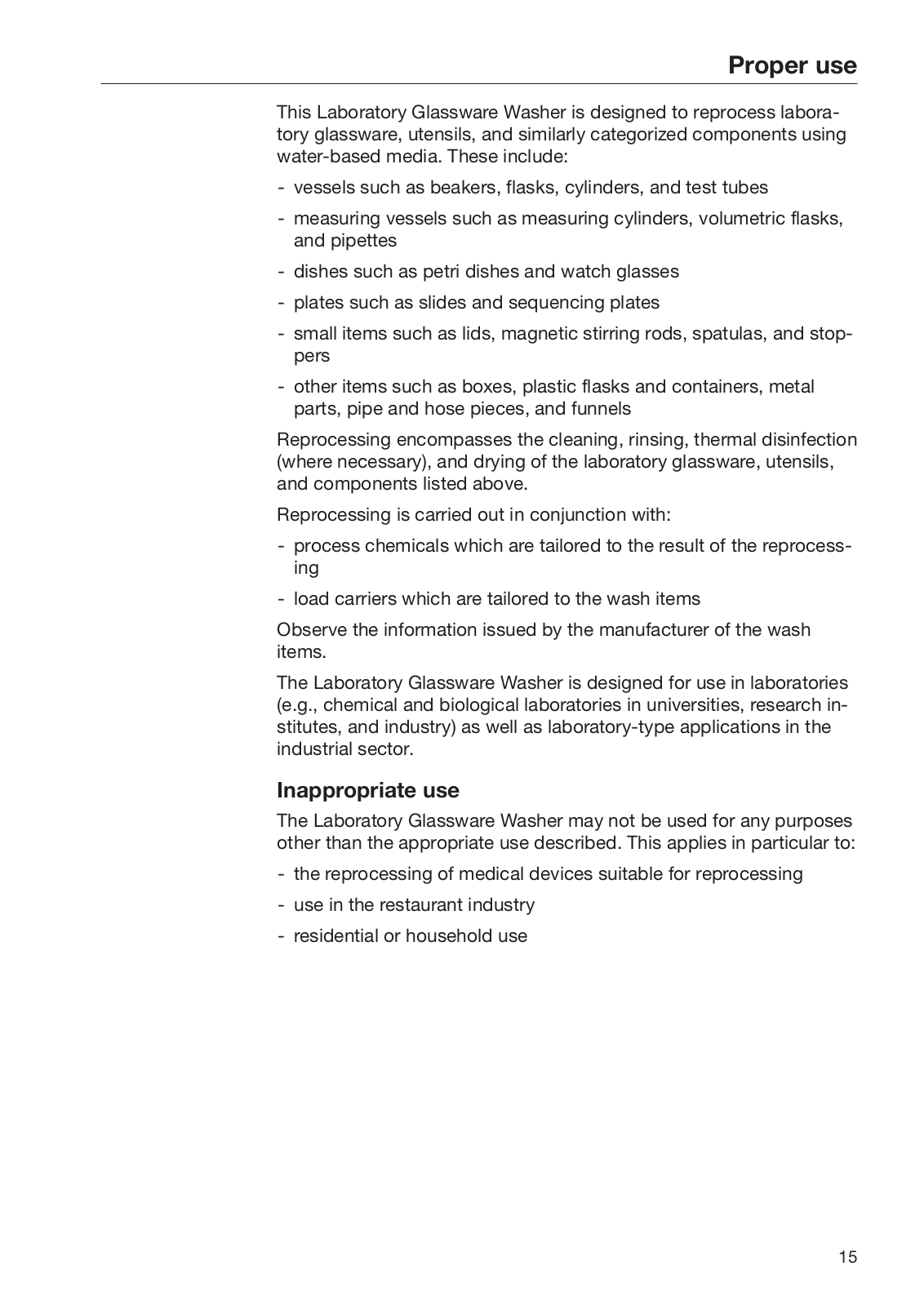
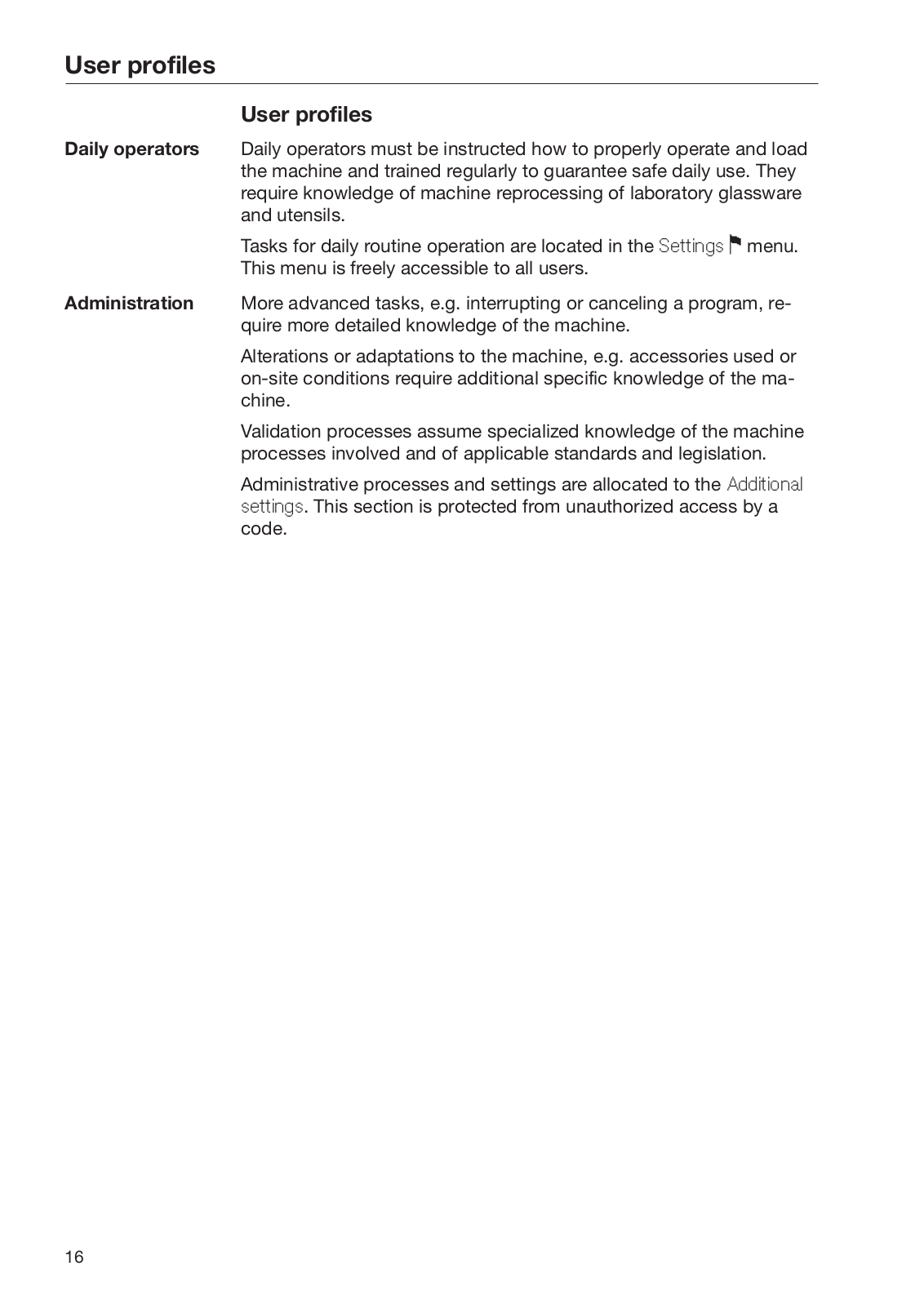
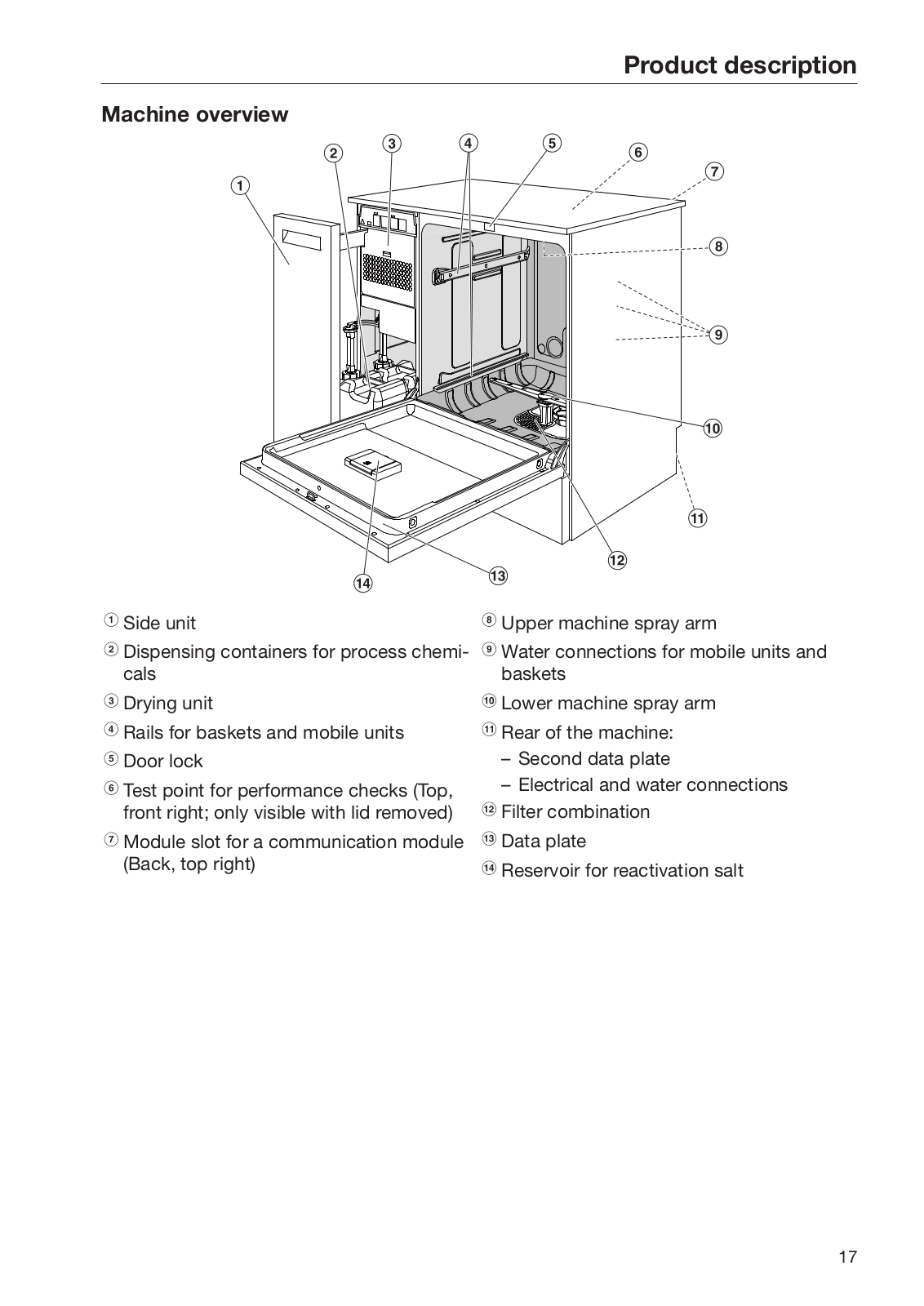

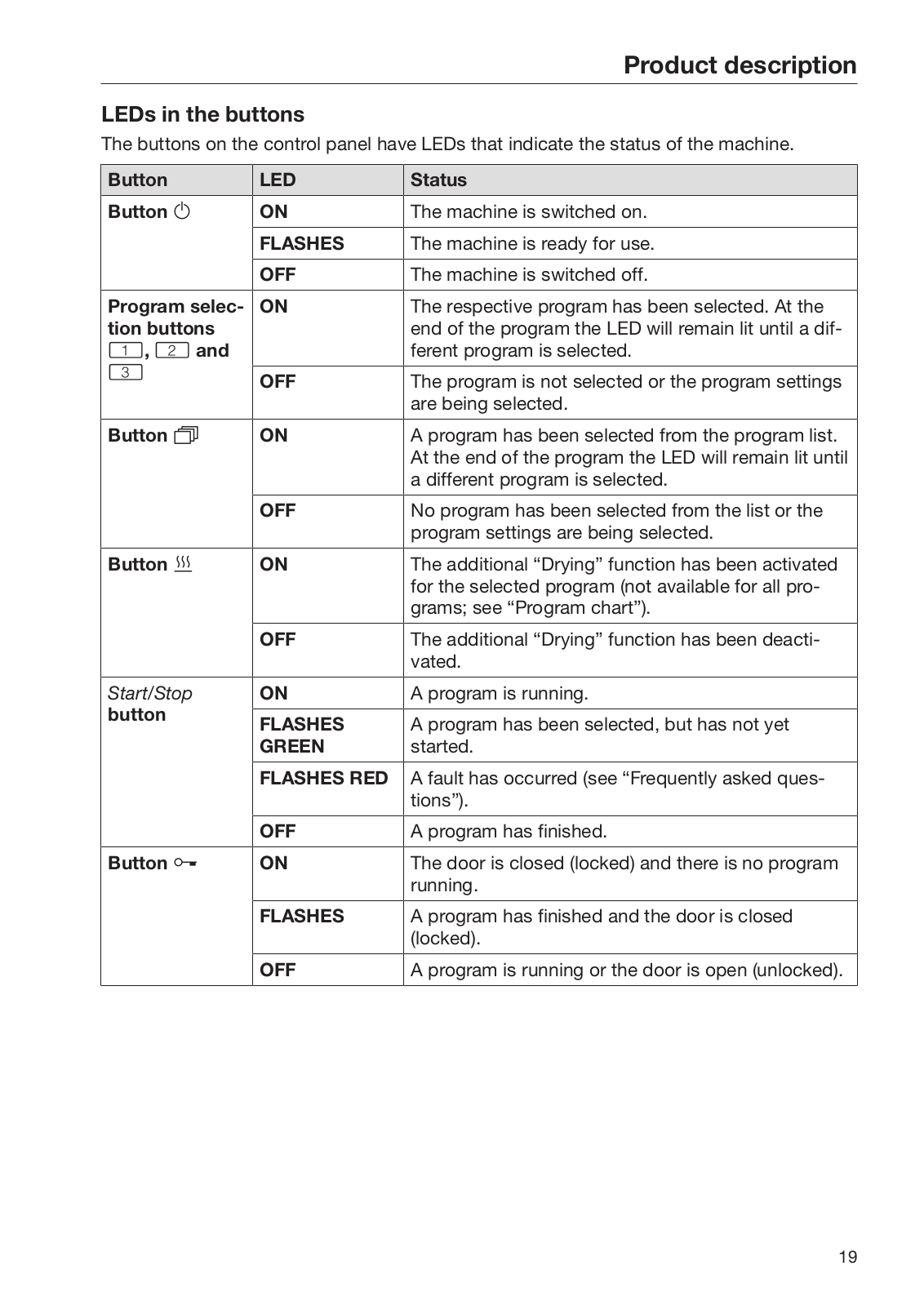
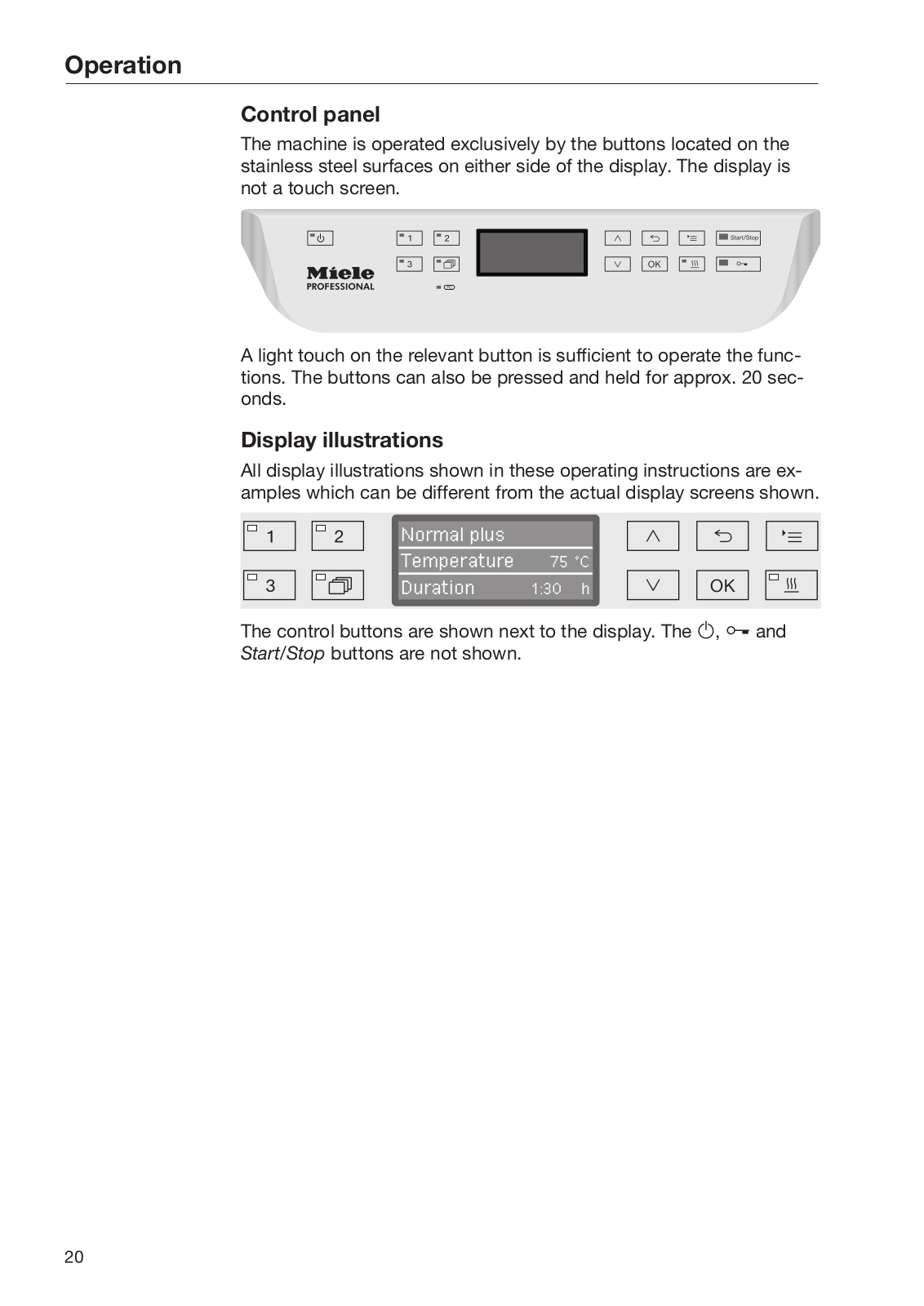

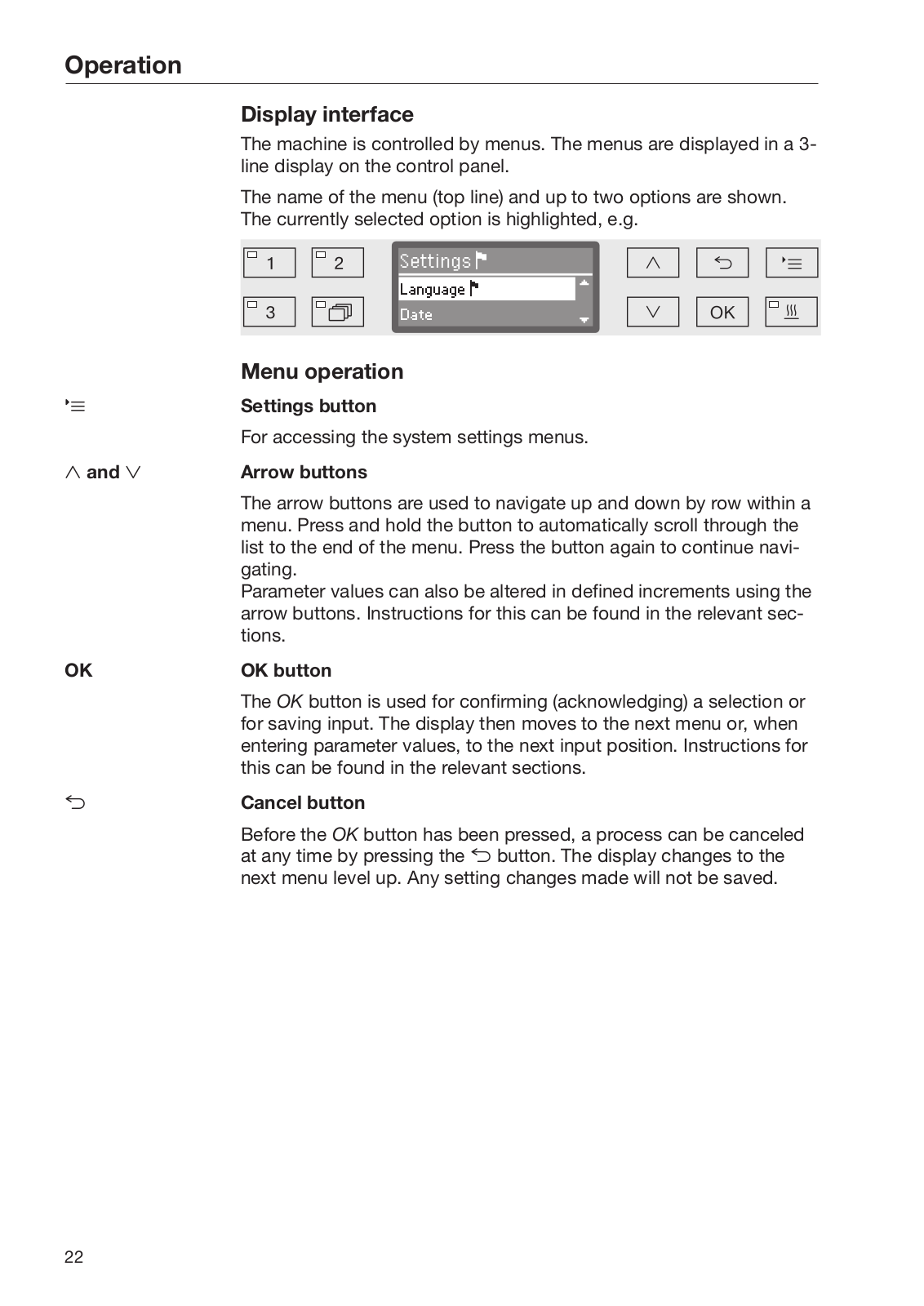
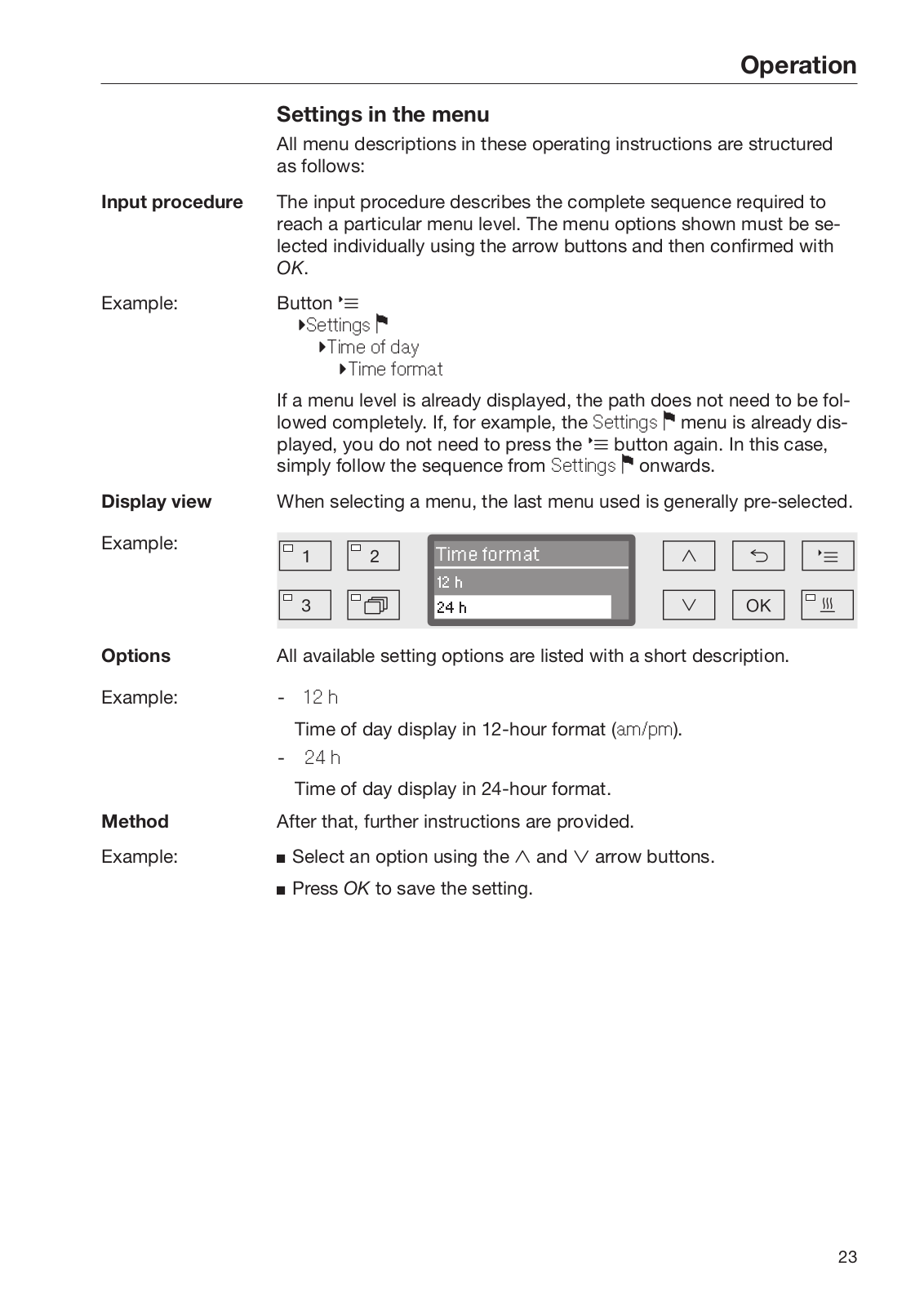
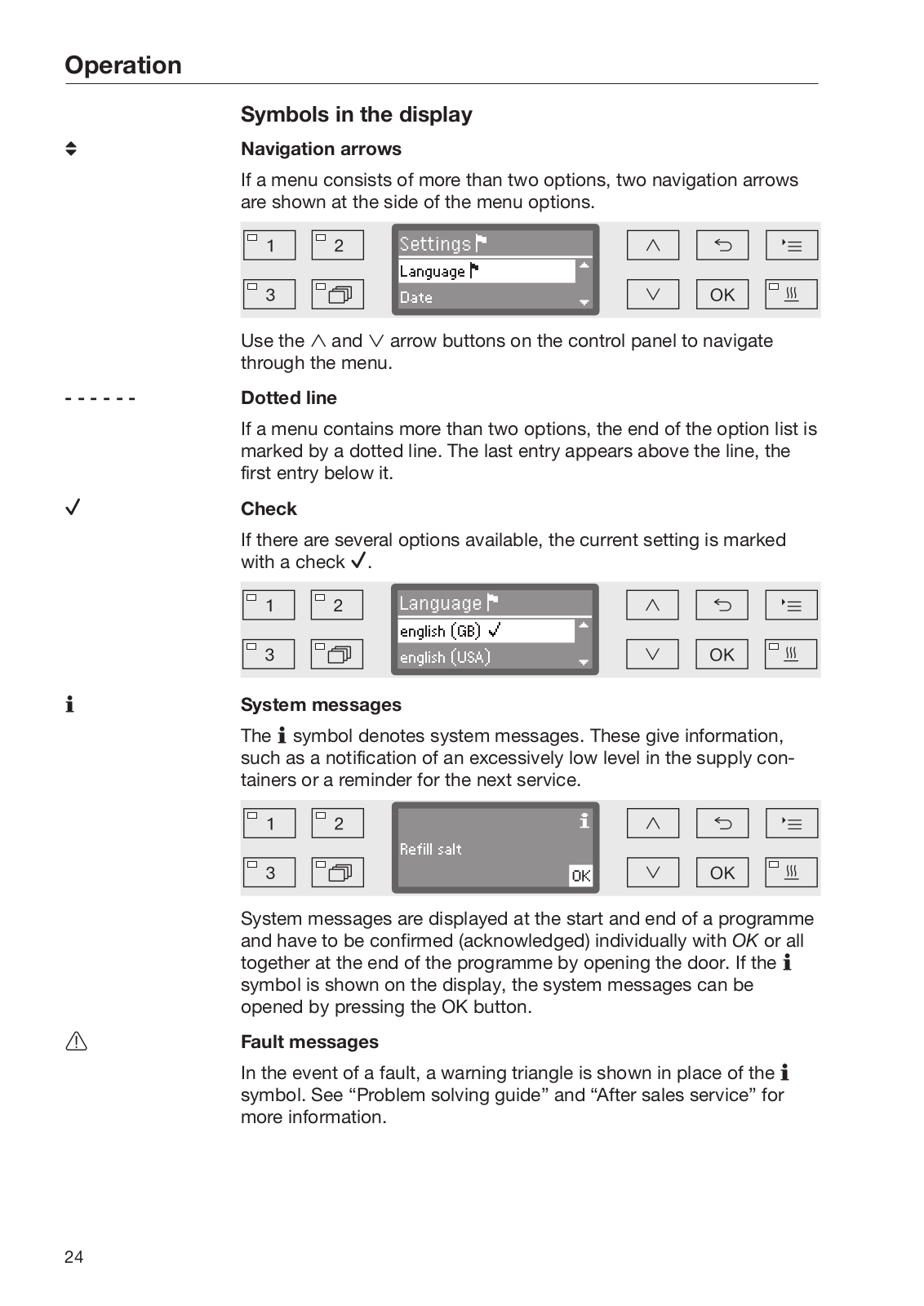
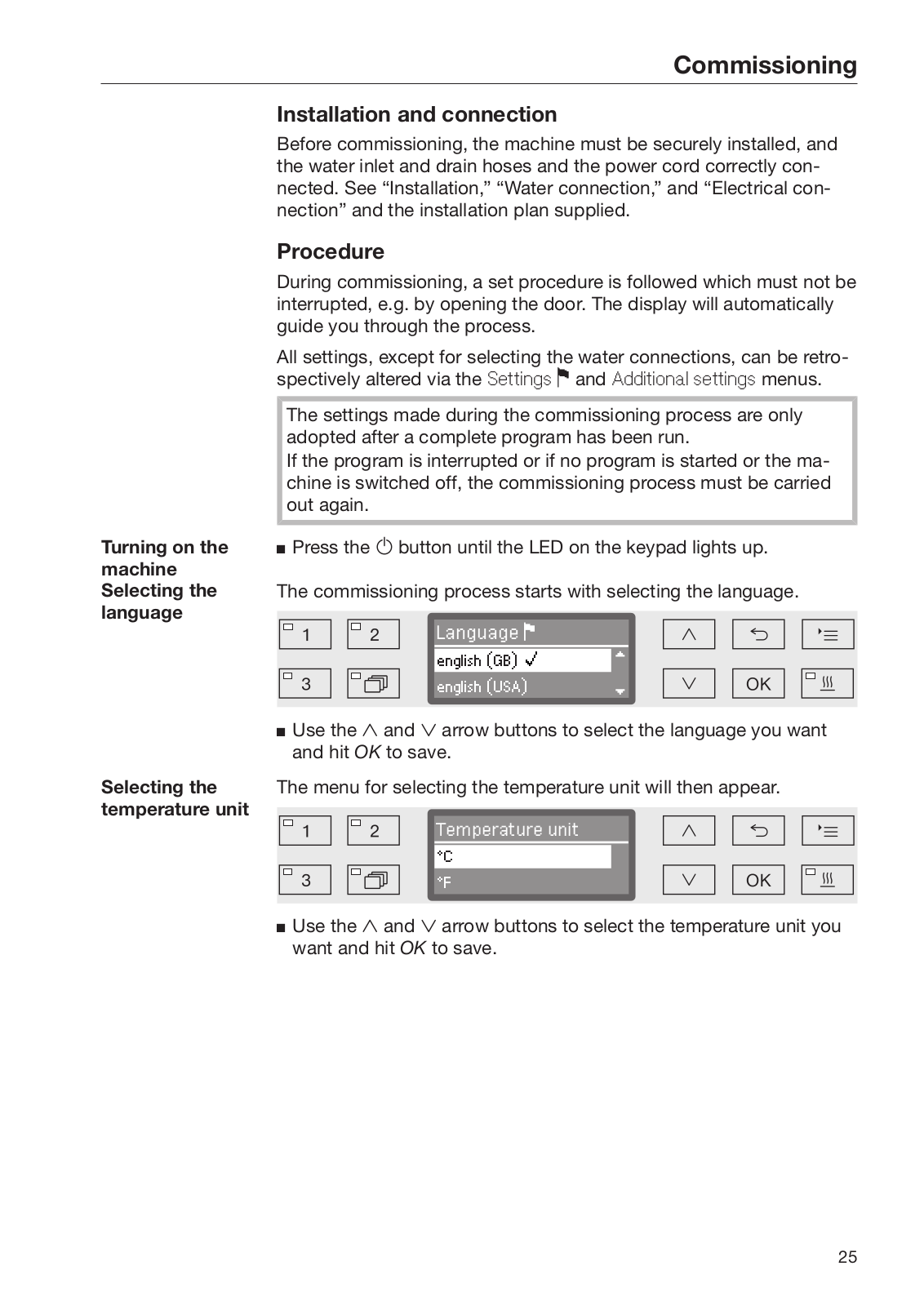
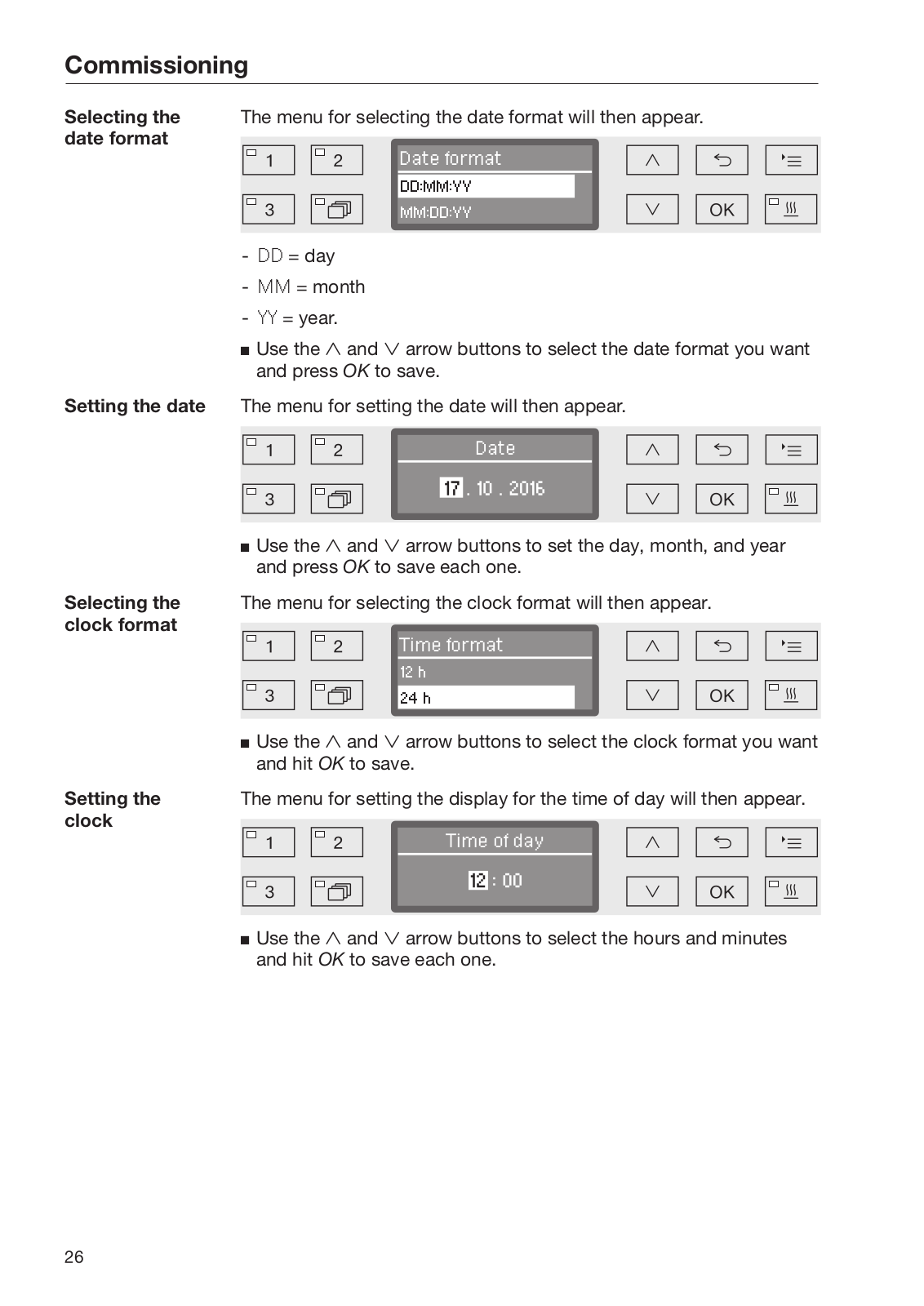


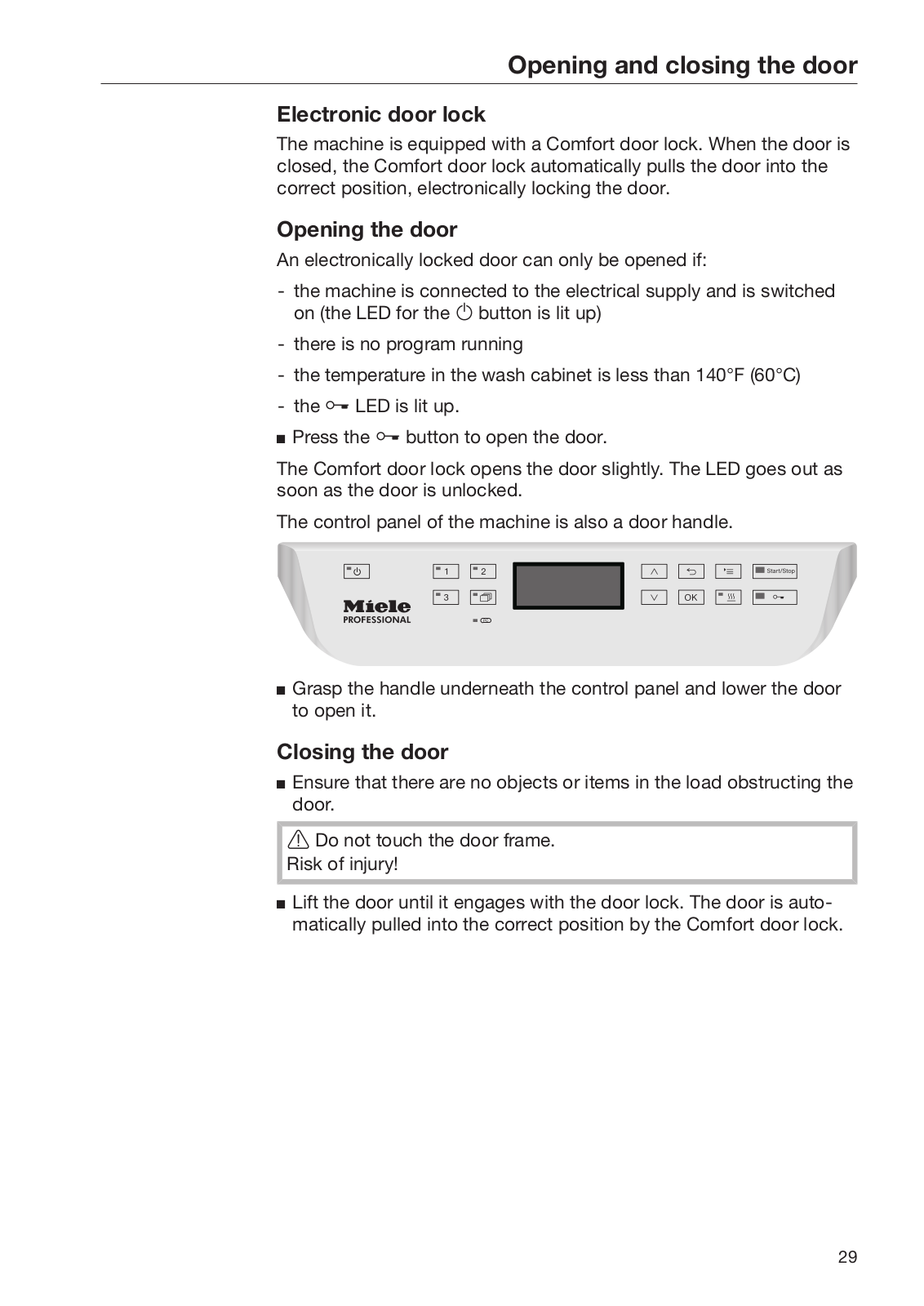
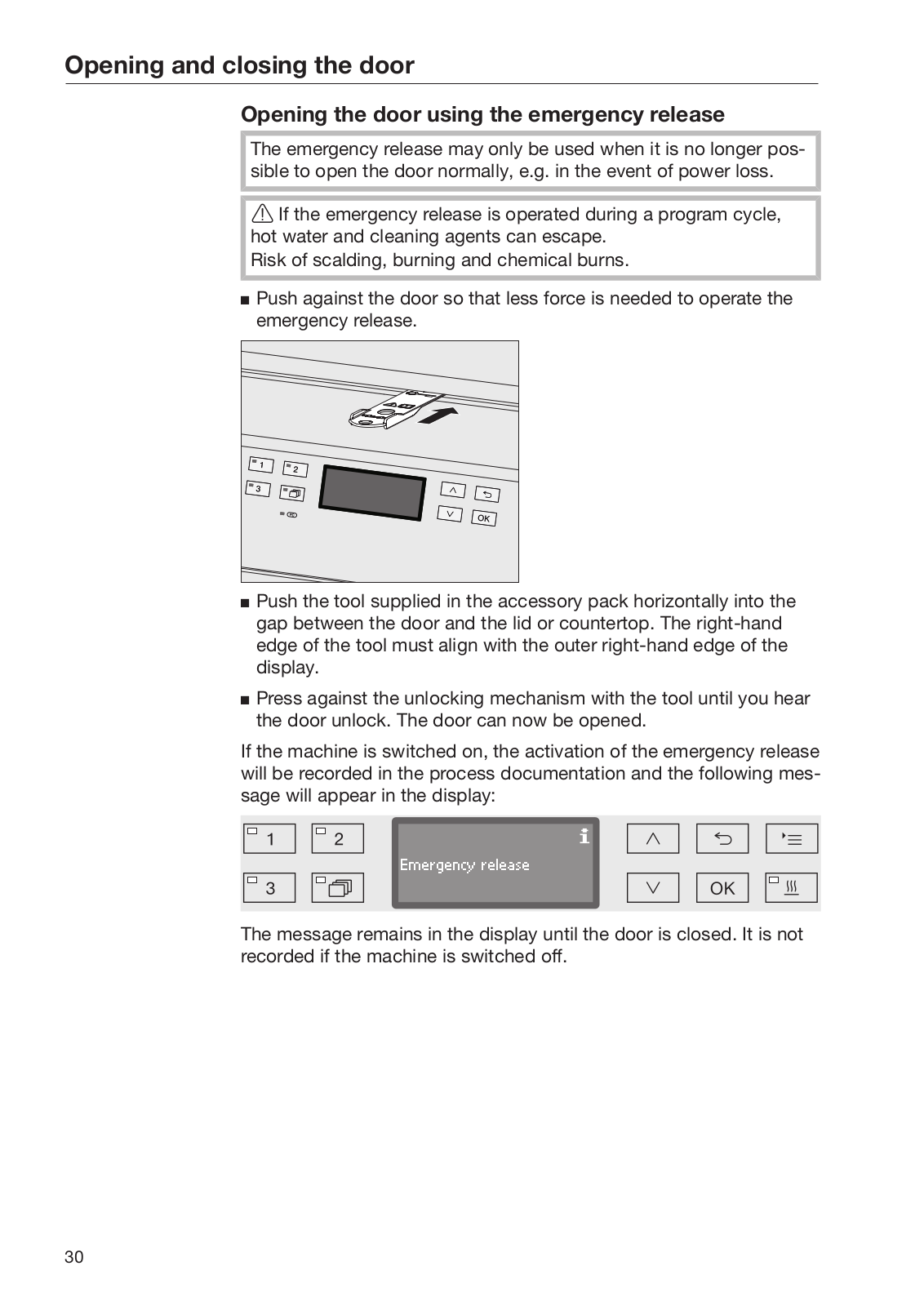
 Loading...
Loading...+ 154 hidden pages